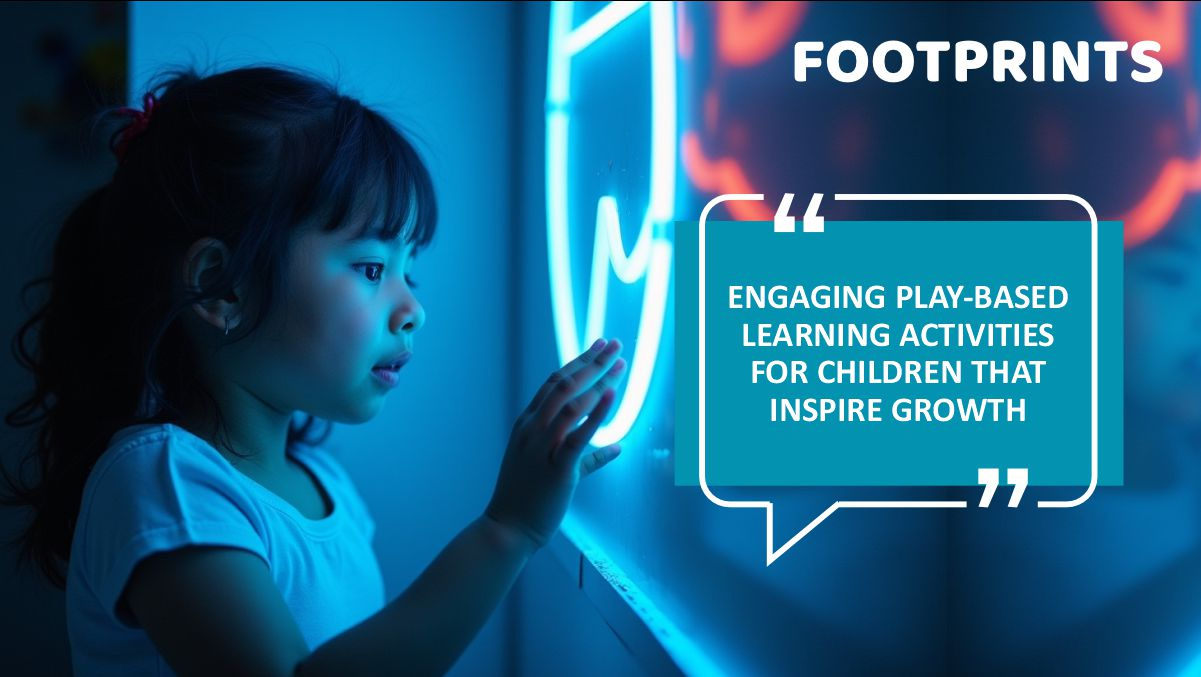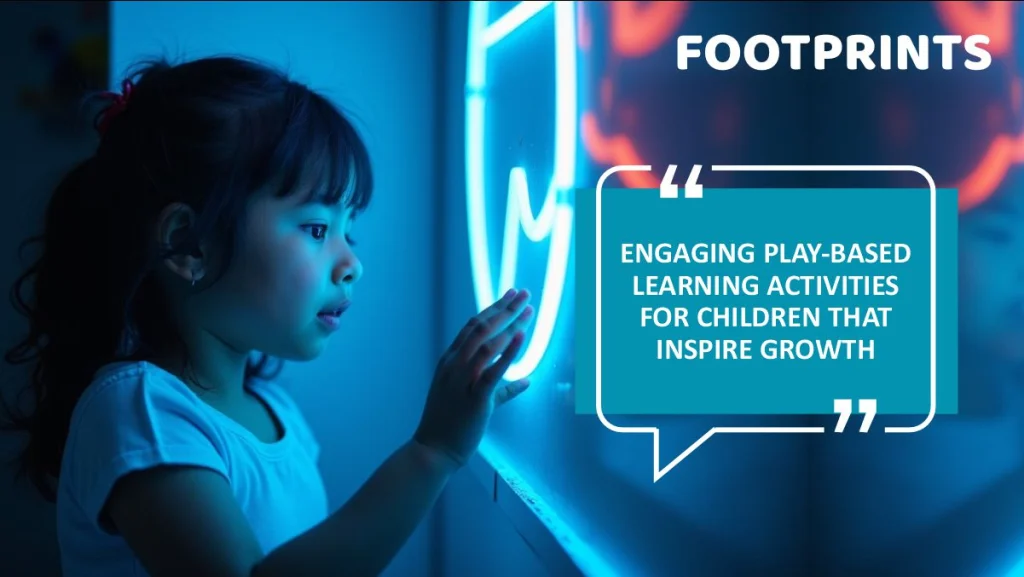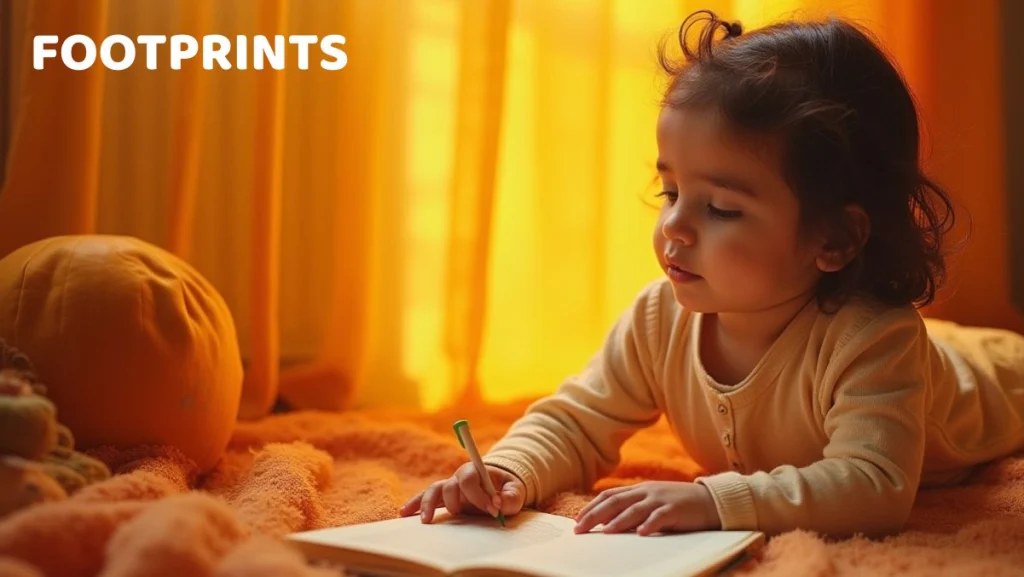

Research has shown that play-based activities are a great aid to learning in children since they foster cognitive, social, emotional as well as physical development. It is through playful learning that children are able to explore their environment and in the process also develop essential skills. All of this while they are having loads of fun. Let us begin by looking at some of the development that play-based learning sparks in children.
Cognitive Development
Through play-based learning, such as puzzles or building blocks, children learn essential problem-solving and critical-thinking skills. In addition, play activity helps with the development of memory and attention. Games often also teach children cause-and-effect relationships. When children are playing with blocks or even drawing shapes their spatial awareness is enhanced.
Social and Emotional Development
Play allows children the concepts of taking turns, sharing, conflict resolution and more. Needless to say, these are imperative skills for their social and emotional development. Sometimes when children engage in games such as pretend play they also learn valuable lessons in empathy and understanding the point of view of others.
Motor skills
Several play-based activities help children develop both gross and fine motor skills. Think craft-based activities, drawing, painting, and more.
Last but definitely not least, since play-based learning is imminently enjoyable, both the engagement and motivation to learn are high. Children also tend to retain what they learn through this method.

The importance of play-based activities established, let us look at some engaging activities for children:
- Imaginative Play– Exploring different roles & scenarios is a priceless lesson in building their imagination, empathy and more. Besides, when children are engaging in this activity with other children or adults, it encourages social interaction and language development.
- Sensory Play– It is a great idea to fill different containers with materials such as sand, water, rice and more. It will encourage children to explore different textures. Similarly children’s activities such as playing with play dough, for instance, helps in fine motor skill development.
- Outdoor Play– Indulging in nature walks is a great way to explore the natural environment and appreciate the many elements of nature. In addition, activities in the open such as crossing obstacle courses help in gross motor skill development. Activities such as gardening, similarly, provide hands-on experience with nature, besides encouraging observation.
- Art and Craft– Drawing, painting, and sculpting are all great activities that help develop fine motor skills as also creativity and self-expression.
- Music– Singing and dancing are once again great enablers when it comes to coordination and creativity.
- Storytelling – Reading aloud, retelling stories, and engaging in book-related activities support language development and comprehension.
At Footprints Playschool we follow the scientifically developed High-Scope curriculum that uses play-based activities as a primary method for learning and development in early childhood education. It emphasizes active learning, where children are encouraged to explore, experiment, and make choices. All the while teachers act as facilitators and guides. This approach fosters problem-solving skills, decision-making abilities, and a sense of curiosity and creativity. Some of the key principles of the curriculum include:
- Active Learning:
Children are encouraged to be actively involved in their learning. This is achieved through hands-on experiences and interactions with materials as well as with peers. - Child-Initiated Activities:
Children have the freedom to choose activities based on their interests and developmental levels. Needless to say that this promotes self-directed learning. In fact, the classroom is organized into distinct areas that have a variety of materials for exploration as per the child’s interests. - Adult Scaffolding:
Teachers provide support and guidance, extending children’s learning through observation, questioning, and providing appropriate challenges.
In essence, HighScope’s play-based approach emphasizes that children’s games are not just recreation, but also a powerful vehicle for learning and development.

Frequently Asked Questions on Play-Based Learning Activities
1. What is play-based learning and why is it important?
Play-based learning is an educational approach that uses play as the primary method of teaching. It nurtures children’s cognitive, emotional, social, and physical development while keeping learning fun and engaging.
2. At what age can children benefit from play-based learning?
Play-based learning is most effective during early childhood, typically from ages 2 to 6, though its principles can benefit older children as well.
3. How does play enhance cognitive development in children?
Activities like puzzles, building blocks, and games teach children to problem-solve, concentrate, understand cause and effect, and improve memory and attention.
4. In what ways does play help children develop social skills?
Through cooperative play and imaginative scenarios, children learn to share, take turns, resolve conflicts, and develop empathy by seeing things from others’ perspectives.
5. What kinds of play activities improve motor skills?
Fine motor skills are refined through arts, crafts, and sensory play, while gross motor skills benefit from outdoor play like obstacle courses, dancing, or gardening
6. How do imaginative and pretend play benefit children?
They allow children to explore different roles and situations, boosting their creativity, emotional intelligence, and language skills.
7. Is sensory play really necessary?
Yes! Sensory play promotes brain development by engaging the senses. It also encourages curiosity and supports both motor and cognitive growth.
7. What role do educators play in play-based learning environments?
Teachers act as facilitators—observing, guiding, and scaffolding learning based on each child’s developmental needs and interests.
8. How is Footprints different in its approach to early education?
Footprints follow the HighScope curriculum, which blends structured learning with child-led play. This balance empowers children to make choices and build lifelong learning habits.
9. Can play-based learning prepare children for formal schooling?
Definitely. It lays a strong foundation in problem-solving, emotional resilience, language, and motor skills—all essential for a smooth transition to structured academic settings.
Usman is a seasoned Performance Marketing Professional and content writer with over 8 years of experience in the education industry. With a passion for driving results and creating compelling narratives, Usman specializes in crafting data-driven marketing strategies and insightful content that resonates with educational institutions and their audiences. His expertise in performance marketing, combined with his in-depth understanding of the education sector, allows him to bridge the gap between marketing initiatives and student engagement effectively. Whether through targeted campaigns or educational content, Usman helps brands enhance their online presence and achieve measurable growth.

